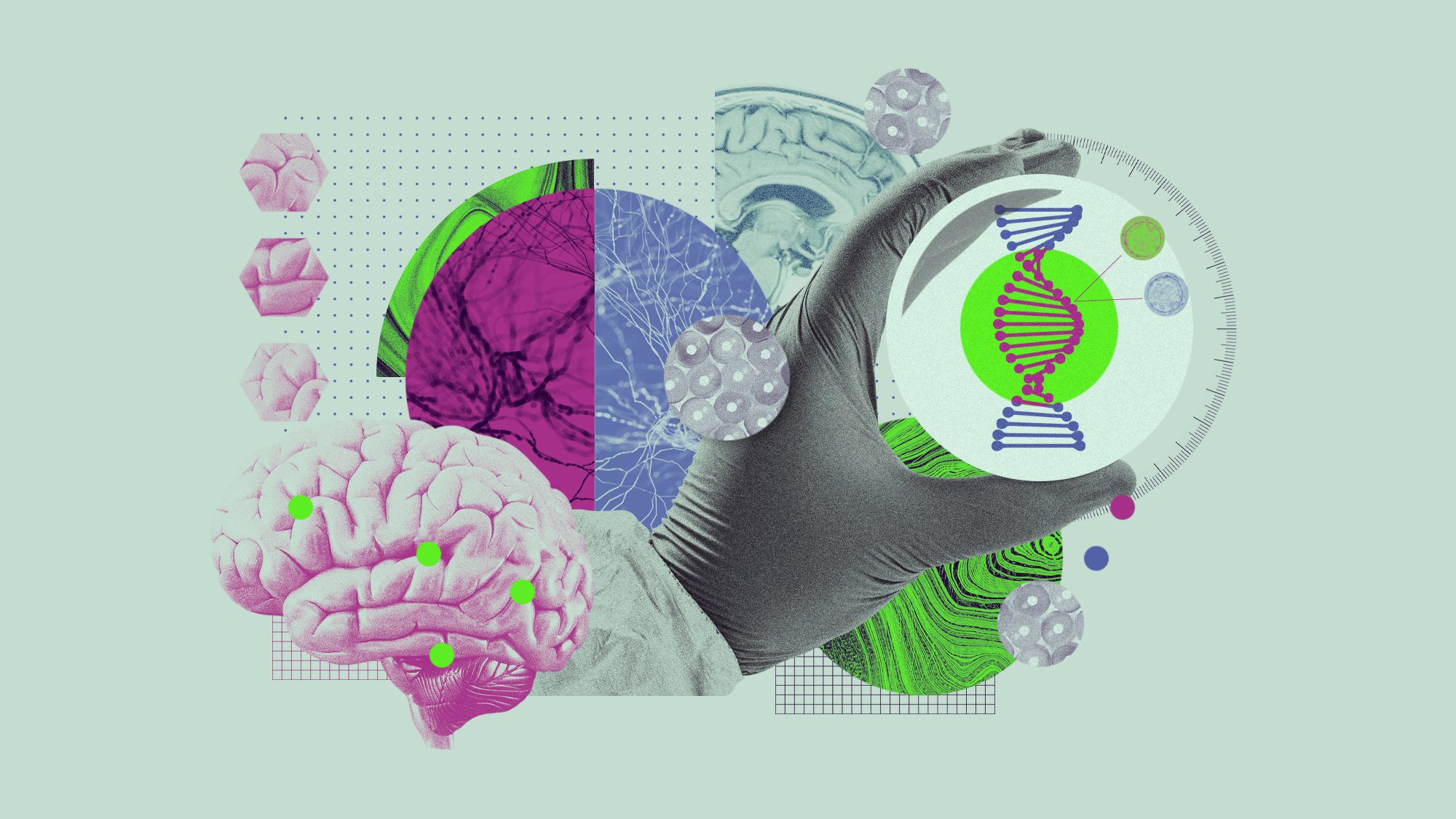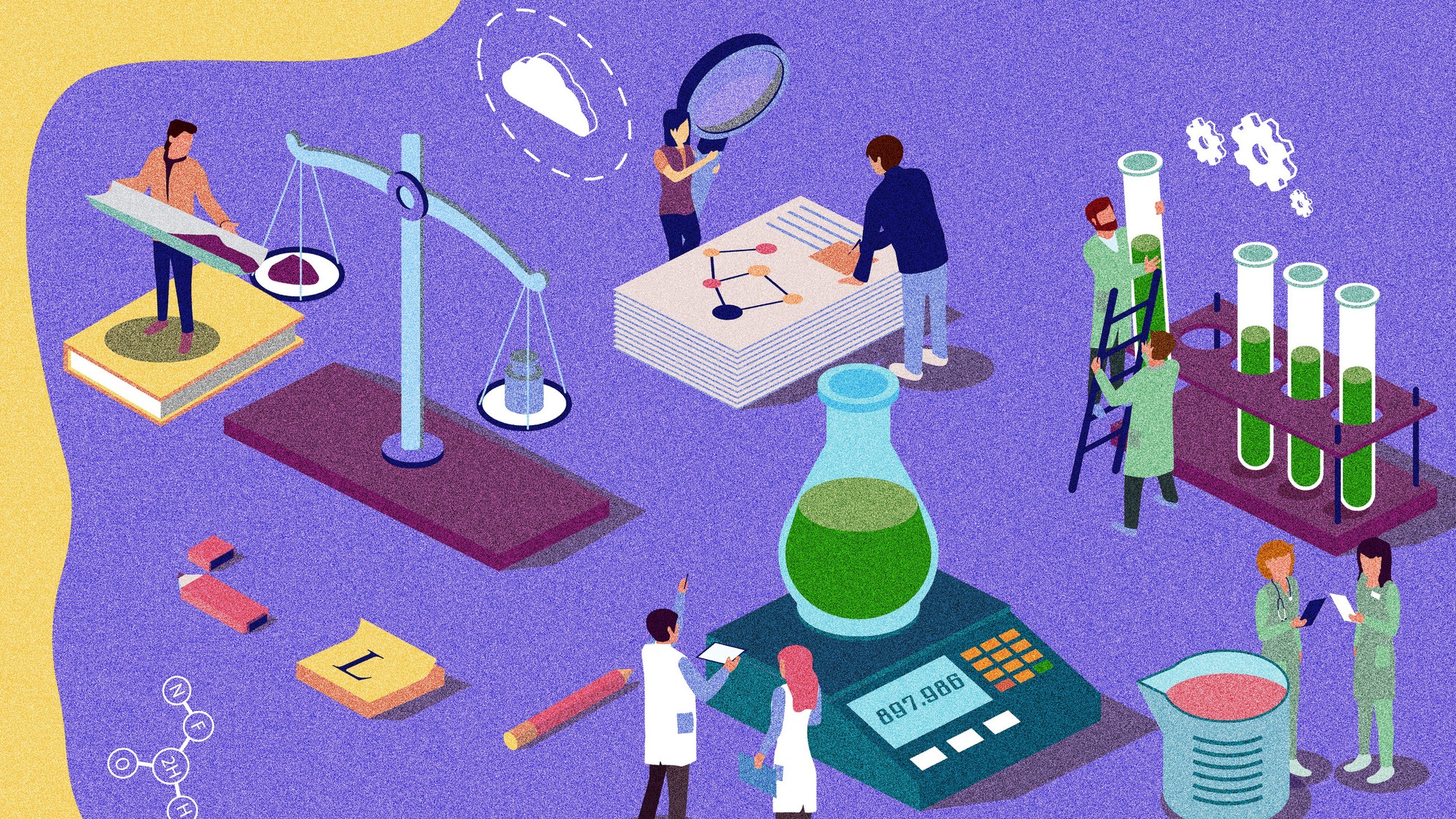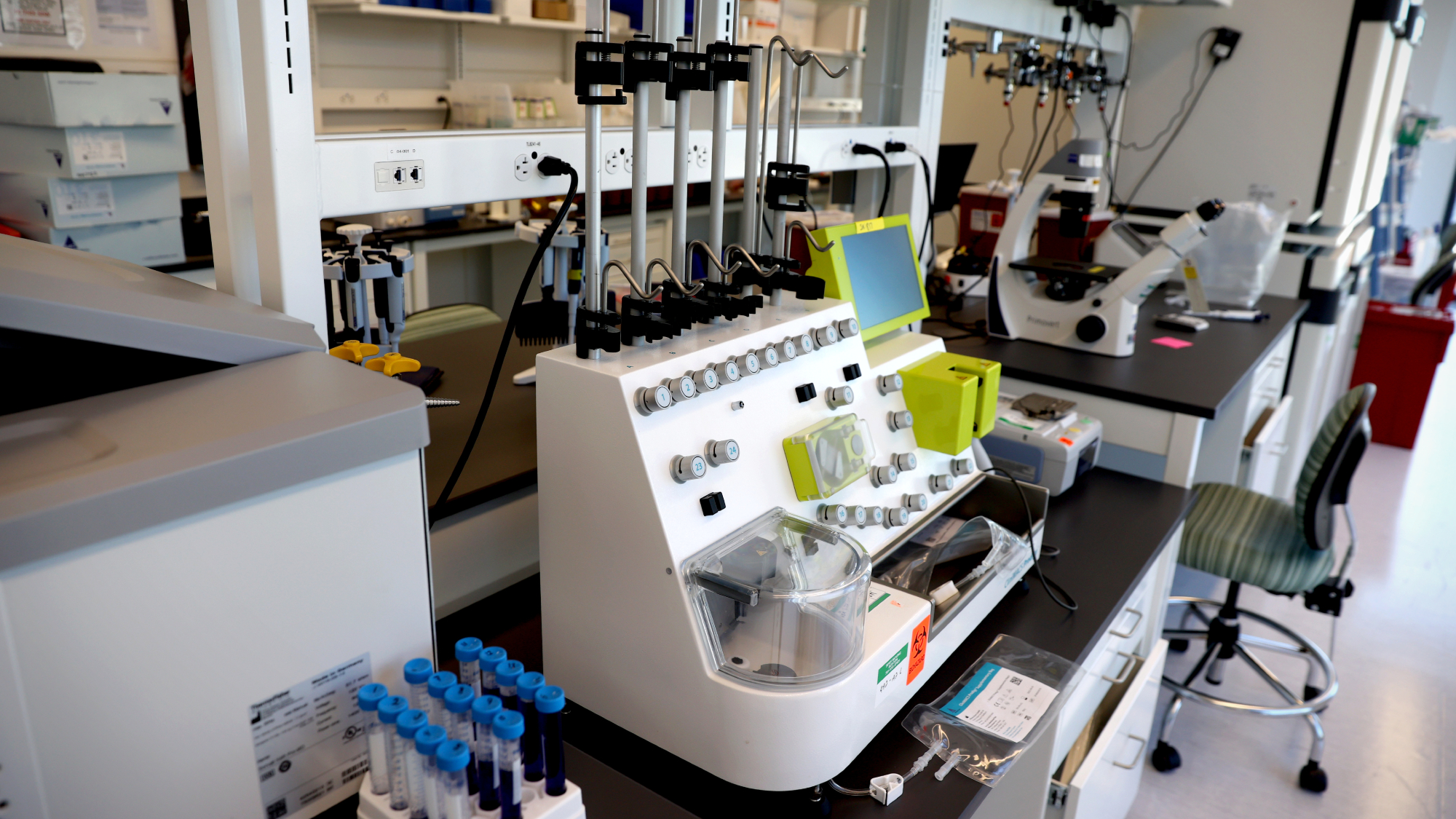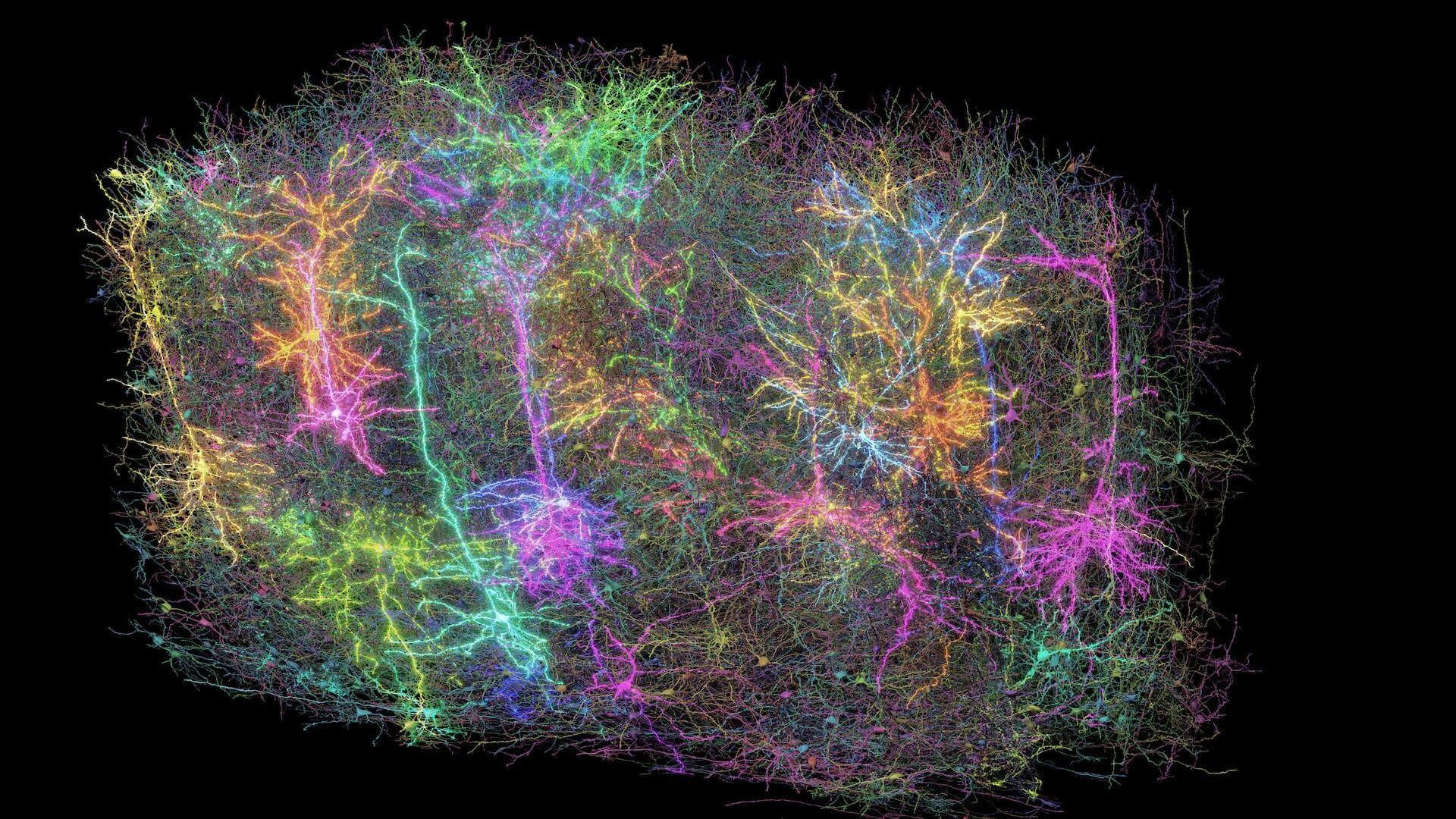Health & Science
Baby boomers aging badly; Dunes from Christmas trees; 3-D-printing stem cells; How ‘free love’ began
Baby boomers aging badly
Thanks to medications and other marvels of modern medicine, baby boomers are living longer than their parents did. But a new study finds they’re aging in much poorer health than the previous generation. The study, based on national health surveys over two generations, found that boomers—defined as those born between 1946 and 1964—are far more likely to be obese and have diabetes, high blood pressure, and high cholesterol than their parents were 20 years ago. One reason is that they’re far more sedentary: More than half of boomers reported that they don’t exercise regularly, whereas only 17 percent of their elders said the same two decades ago. And about twice as many boomers need a cane or a walker to get around and have difficulty performing everyday tasks as members of the previous generation did. Overall, only 13 percent of boomers rated their health as “excellent,” compared with 32 percent of their forebears. The boomers’ sorry state comes despite the fact that fewer of them smoke than their parents did—and that advances in medicine have secured them a higher life expectancy than any previous generation. “Unfortunately they may be living longer with a greater burden of chronic disease,” study author Dana King of West Virginia University School of Medicine tells Time.com. “It’s not exactly a good public health outcome.”
Dunes from Christmas trees
The Week
Escape your echo chamber. Get the facts behind the news, plus analysis from multiple perspectives.

Sign up for The Week's Free Newsletters
From our morning news briefing to a weekly Good News Newsletter, get the best of The Week delivered directly to your inbox.
From our morning news briefing to a weekly Good News Newsletter, get the best of The Week delivered directly to your inbox.
Residents of shorelines damaged by Hurricane Sandy are turning to a cheap and plentiful resource to help them rebuild: discarded Christmas trees. The storm washed away miles of sand dunes, which protect the coast from flooding by serving as a buffer against wind and waves. Now, says The New York Times, volunteers in New York and New Jersey are piling thousands of the trees on top of remaining dunes, where they should trap sand and help build up the beaches, the way natural plant growth does on healthy dunes. “Every year you keep adding more trees, and keep building it up higher and higher,” says Alison Kallelis of Long Beach, N.Y. Kallelis and other volunteers have placed 3,000 donated trees on Long Beach in an effort to start reclaiming the half a million cubic yards of sand—and up to 5 feet of elevation—that the hurricane stripped from the shoreline. Charlie Peek, a spokesman for the parks service in North Carolina, says the process has helped to restore beaches there. “In an ideal situation,” he says, “the plant growth comes in after it and starts building a natural dune.”
3-D-printing stem cells
The prospect of manufacturing new human organs with a 3-D printer has come a step closer to reality, reports The Daily Telegraph (U.K.). For the first time, Scottish researchers have used human embryonic stem cells—which can transform into any cell type in the body—as “bio ink” in a 3-D printer. Until now, the fragile cells have been unable to survive the printing process. But using a specially designed 3-D printer “similar to the size of a standard desktop-size laser printer,” researchers were able to print clusters of human embryonic stem cells in precise shapes while keeping the cells alive, says study author Will Shu of Heriot-Watt University in Edinburgh. One day, a similar method could be used to manufacture made-to-order tracheas, kidneys, or hearts. Shu and his colleagues next hope to use embryonic stem cells to print liver tissue, which has a fairly simple structure, and which could be used instead of live animals to test drugs.
How ‘free love’ began
A free daily email with the biggest news stories of the day – and the best features from TheWeek.com
Americans should stop thanking—or blaming—the birth-control pill for ushering in the sexual revolution of the 1960s and ’70s. New research suggests it was actually the use of penicillin to treat syphilis that opened a new era of promiscuity, which started a decade earlier than previously thought. In studying data about sexually transmitted diseases, Emory University economist Andrew Francis noticed that gonorrhea infections began soaring in the early 1950s, years before the birth-control pill went on the market, in 1960. He then found that teen pregnancies and extramarital births also rose steeply in that decade. What was prompting the behavior change? Doctors began using penicillin to treat syphilis in the mid-1940s; up to then, fear of the disease loomed almost as large as AIDS did in 1990, because it could be fatal. Penicillin cut infection rates by 95 percent. And as soon as that danger was removed, Francis says, there was a lot of extramarital sex going on in the backseats of lots of finned cars. “The 1950s are associated with prudish, more traditional sexual behaviors,’’ Francis tells NPR.org. “That may have been true for many adults, but not necessarily for young adults.”
-
 Political cartoons for December 16
Political cartoons for December 16Cartoons Tuesday’s editorial cartoons include calibrating fonts, Christmas classics, and more
-
 Cryptocurrency and the future of politics
Cryptocurrency and the future of politicsIn The Spotlight From electoral campaigns to government investments, crypto is everywhere and looks like it’s here to stay
-
 Ssh! UK libraries worth travelling for
Ssh! UK libraries worth travelling forThe Week Recommends From architectural delights to a ‘literary oasis’, these are some of the best libraries around the country
-
 5 recent breakthroughs in biology
5 recent breakthroughs in biologyIn depth From ancient bacteria, to modern cures, to future research
-
 Bacteria can turn plastic waste into a painkiller
Bacteria can turn plastic waste into a painkillerUnder the radar The process could be a solution to plastic pollution
-
 Scientists want to regrow human limbs. Salamanders could lead the way.
Scientists want to regrow human limbs. Salamanders could lead the way.Under the radar Humans may already have the genetic mechanism necessary
-
 Is the world losing scientific innovation?
Is the world losing scientific innovation?Today's big question New research seems to be less exciting
-
 Breakthrough gene-editing treatment saves baby
Breakthrough gene-editing treatment saves babyspeed read KJ Muldoon was healed from a rare genetic condition
-
 Humans heal much slower than other mammals
Humans heal much slower than other mammalsSpeed Read Slower healing may have been an evolutionary trade-off when we shed fur for sweat glands
-
 Scientists map miles of wiring in mouse brain
Scientists map miles of wiring in mouse brainSpeed Read Researchers have created the 'largest and most detailed wiring diagram of a mammalian brain to date,' said Nature
-
 Scientists genetically revive extinct 'dire wolves'
Scientists genetically revive extinct 'dire wolves'Speed Read A 'de-extinction' company has revived the species made popular by HBO's 'Game of Thrones'